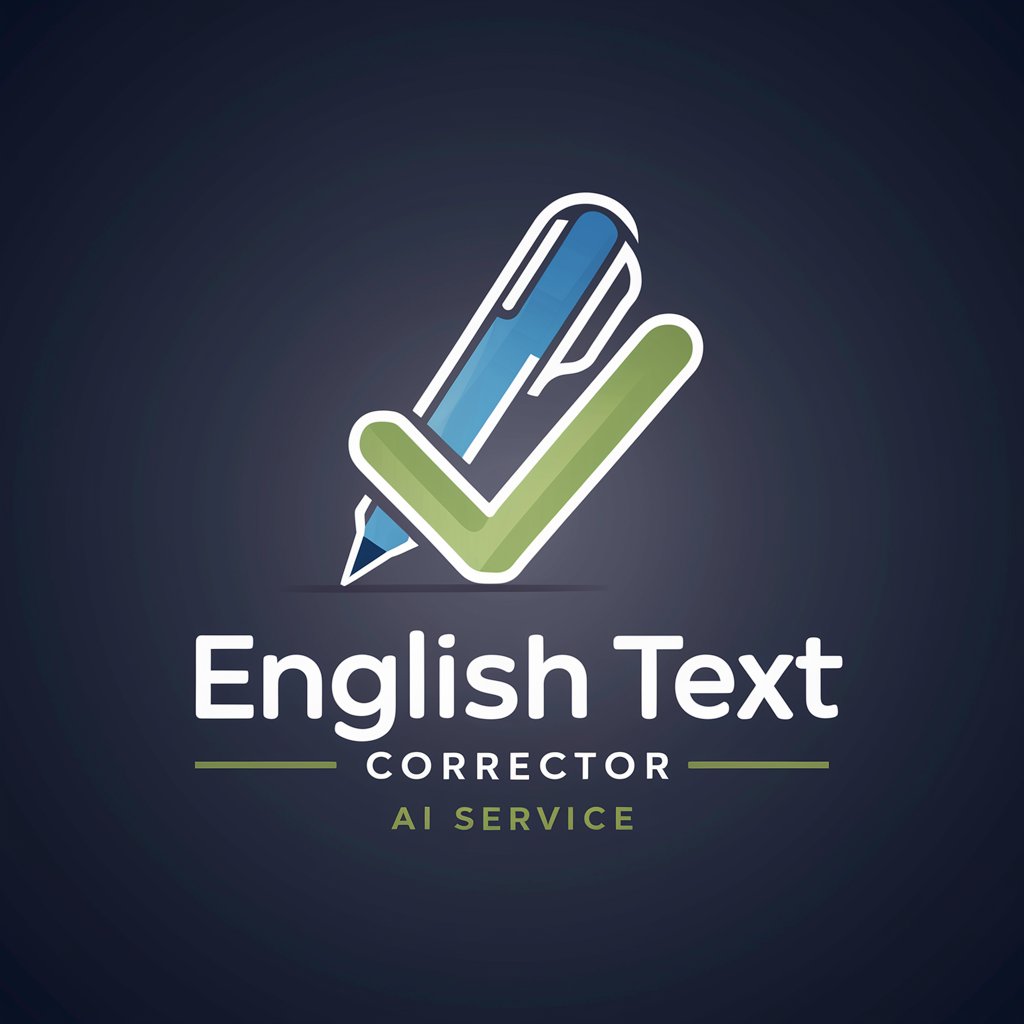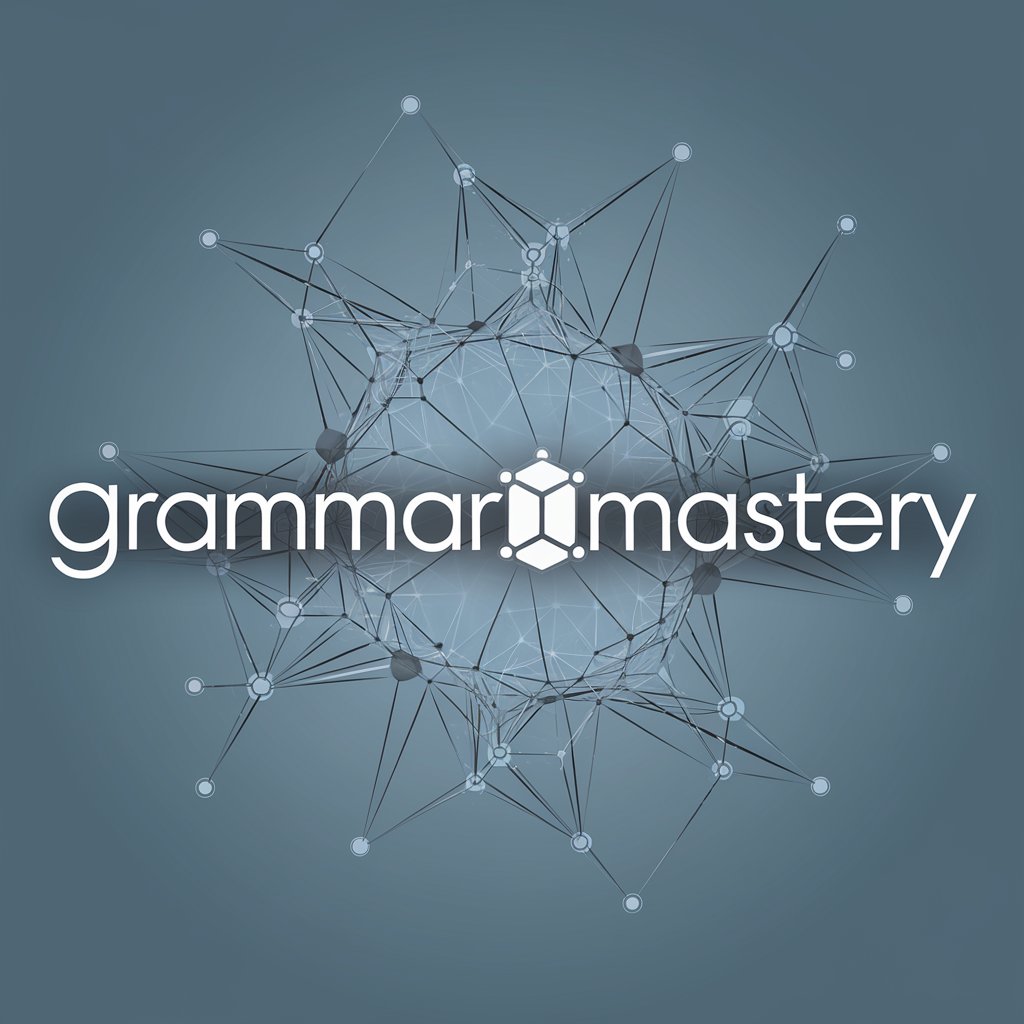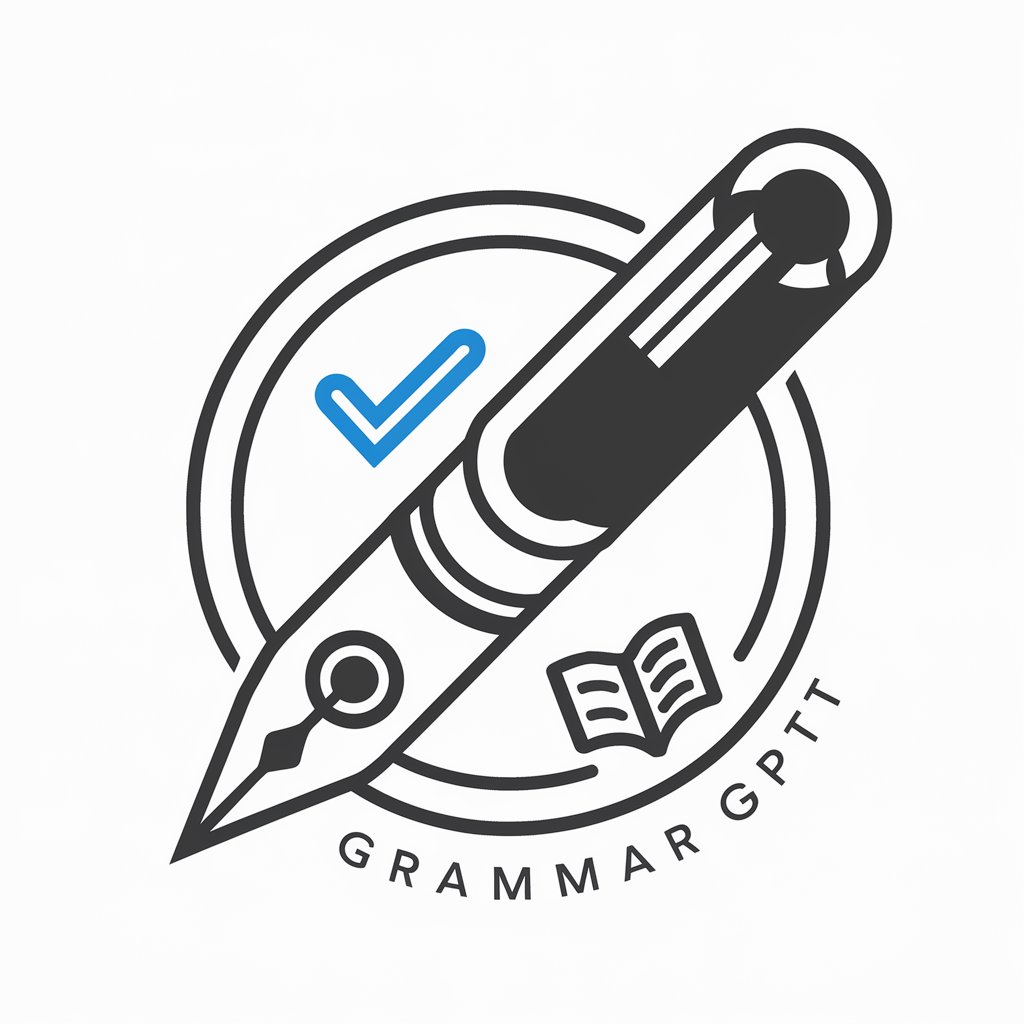
Finnish Grammar Expert-AI-powered Finnish grammar tutor
AI-powered Finnish grammar coach for learners

Finnish translator and tutor for English speakers
Explain the word 'kävellä' and give examples.
What does 'hyvää huomenta' mean? Provide examples.
Describe 'kirja' and show it in sentences.
Explain 'rakastaa' with example sentences.
Get Embed Code
Finnish Grammar Expert — Purpose & Design
Finnish Grammar Expert is a specialized conversational assistant designed to teach, explain, and correct Finnish grammar for learners, teachers, and language professionals. Its core design goals are clarity, register-awareness, and practical usefulness: explanations are delivered in English but always demonstrate real Finnish forms and usage in three pragmatic registers (formal written, spoken/puhekieli, and a beginner-friendly version) when a Finnish word or phrase is explained. The system focuses on morphology (cases, vowel harmony, consonant gradation), verb conjugation (tenses, moods, negatives), syntax (word order, focus), and real-life idiomatic usage. It is intended to be interactive and task-oriented: users bring specific problems ("When do I use the partitive?", "Check this paragraph for mistakes", "Create a 20-minute lesson on the illative case") and receive concrete, actionable output (step-by-step explanations, corrected sentences with justifications, ready-to-use exercises, or full lesson plans). It also supports recurring workflows such as daily vocabulary drills, exam preparation checklists, and the "Wrap up the day" summary feature which compiles all vocabulary, grammar points and examples covered that session. ExampleFinnish Grammar Expert overview scenarios that show its design and function: 1) A beginner asks "How do I say 'I eat apples' correctly?" — the tool explains case selection (partitive vs. accusative), shows the Finnish target forms, provides three contextual example sentences (formal, spoken, beginner), and gives a short fill-in-the-blank drill. 2) A teacher requests a 30-minute lesson plan on consonant gradation — the tool returns objectives, a warm-up, guided practice items, a short communicative activity, and an answer key. 3) A student submits a one-paragraph Finnish composition — the tool returns line-by-line corrections, grammar notes (why a form is wrong and how to fix it), a suggested rewritten version in neutral written Finnish, and a spoken-style variant. Design principles: explicit rule-driven explanation + abundant examples, register sensitivity (written vs spoken), learner scaffolding (stepwise complexity), and generation of immediately usable artifacts (exercises, answer keys, annotated corrections).
Core functions and concrete examples
Register-aware grammar explanations and single-concept micro-lessons
Example
Finnish word: vettä English meaning: 'some water' (partitive form of vesi) Usage/grammar/context: The partitive is used for indefinite/partial quantities, ongoing or incomplete actions, and with certain verbs and negation. Use the partitive when you mean 'some/any' or when the object is not a complete, bounded whole. Examples: 1) Neutral/formal written: Juon vettä ennen kokousta. (I will drink some water before the meeting.) 2) Spoken (puhekieli): Mä juon vettä ennen kokousta. (colloquial: I’ll drink some water before the meeting.) 3) Beginner-friendly: Minä juon vettä. (I drink water.)
Scenario
A learner types: "When do I use the partitive?" The assistant gives the short rule, the Finnish forms, three register-aware examples, and 4 quick practice items (fill-in-the-blank and translation) so the learner can test comprehension immediately.
Personalized lesson planning, adaptive exercises, and practice sequences
Example
Sample 15-minute lesson plan (topic: Finnish negative verb + present tense): - Objective: Form and use negative verbs in present tense (en, et, ei, emme, ette, eivät) - Warm-up (2 min): Match English subjects to pronouns (I/minä, you/sinä...) - Presentation (4 min): Show pattern: Minä en syö. (I don't eat.) Explain particle + verb stem rule. - Controlled practice (5 min): 6 fill-in-the-blank sentences (e.g., "Minä ___ (syödä) iltapalaa" -> "en syö") - Communicative task (3 min): Pair role-play prompts (you refuse coffee politely) - Feedback/Wrap-up (1 min): 3 correction notes + 2 homework drills Exercises (examples): 1) Convert affirmative to negative: "Hän juo kahvia." -> "Hän ei juo kahvia." 2) Short dialogue fill: "— Tuletko mukaan? — ___, en voi." -> "Valitettavasti, en voi." (These are generated in English + Finnish with answer keys.)
Scenario
A private tutor needs a 15-minute zoom activity for a mixed-level group. The assistant produces the plan, printable exercise sheet, answer key, and two variant levels (easier/harder) so the tutor can deploy it immediately.
Corrections, annotated feedback, and exam-oriented preparation
Example
Finnish word: kalaa English meaning: 'some fish' (partitive form of kala) Usage/grammar/context: After verbs implying consumption, desire, or partial quantity, Finnish typically uses the partitive when the object is indefinite or uncounted. With verbs like 'haluta' (to want) or 'syödä' (to eat), you often need the partitive if you refer to an unspecified amount. Examples: 1) Neutral/formal written: Haluan syödä kalaa. (I want to eat some fish.) 2) Spoken (puhekieli): Mä haluun syödä kalaa. (colloquial) 3) Beginner-friendly: Minä haluan syödä kalaa. Learner error -> correction example: - Student wrote: "Minä haluan syödä kala." (incorrect) - Corrected: "Minä haluan syödä kalaa." Explanation: After 'haluta' + verb of consumption, the object is an indefinite quantity so the partitive 'kalaa' is required. Additional feedback: The assistant can provide a rewritten paragraph, highlight repeated errors (e.g., case confusion), and produce targeted drills that focus on the learner’s error-patterns.
Scenario
A learner uploads a paragraph for feedback. The assistant returns line-by-line corrections, an explanation for each correction (morphology + why the alternative is ungrammatical), a version in neutral written Finnish, and a short practice set targeting the same error types for immediate remediation.
Primary target user groups and why they benefit
Autonomous learners and students (beginner → advanced)
Who they are: university students, self-learners, immigrants preparing for life in Finland, and learners preparing for language exams. Why they benefit: They get explicit grammar explanations in English plus real Finnish examples across registers (formal, spoken, beginner-friendly), personalized practice, quick corrections, and bite-sized lessons that fit study time. Features particularly useful for this group: stepwise morphology breakdowns, example triads for each Finnish item (formal/spoken/beginner), instant exercises with answer keys, and the "Wrap up the day" summary so they can review vocabulary and grammar covered in a session. Real-world use: A student learning for the YKI test uses the assistant to practice reading comprehension questions, correct written answers, and receive targeted drills on weak areas (cases, verb moods). A new resident uses travel and administrative language packs (phrases and polite forms) tuned to everyday interactions.
Teachers, tutors, translators and content creators
Who they are: classroom teachers, private tutors, materials designers, translators, and localization editors. Why they benefit: The assistant can generate lesson plans, worksheets, graded exercise sets, answer keys, and short cultural notes; it can also provide register and tone advice for translation/localization tasks. For teachers it speeds up prep time and supplies adaptable materials (multiple difficulty levels, communicative activities, assessment items). For translators and content creators it offers idiomatic alternatives, register-appropriate phrasing, and notes about natural spoken Finnish versus formal written Finnish. Real-world use: A tutor uses the tool to produce a two-week syllabus with progressive topics and printable homework. A translator asks for neutral written and colloquial spoken alternatives of a marketing line to adapt content to different audiences.
How to use Finnish Grammar Expert
Visit aichatonline.org for a free trial without login, also no need for ChatGPT Plus.
Open aichatonline.org and start the free trial immediately — no account or ChatGPT Plus required. Prerequisites: an internet-enabled device and a browser. Try a short Finnish word, phrase, or sentence to begin.
Provide clear input
Tell the tool exactly what you want: a single word, a sentence to correct, a translation, or a grammar topic. Indicate learner level (beginner/intermediate/advanced) and desired output (e.g., declension table, conjugation, formal vs spoken usage, or three-example format). Example prompts: “Explain: syödä (beginner)”, “Correct: my Finnish paragraph”, or “Show spoken alternatives.”
Request the example format
When you ask for a word or phrase explanation, request the three-part example output (Finnish word → English meaning → usage/grammar → three example sentences: formal, spoken/puhekieli, beginner-friendly). This yields consistent, contextualized practice and realistic spoken Finnish.
Use practice and summary features
Optimize workflow
Tips: provide context (where/when a phrase is used), request step-by-step breakdowns for tricky grammar, ask for short quizzes with answers, and keep prompts consistent (e.g., start requests with ‘Explain:’, ‘Correct:’, or ‘Practice:’). Avoid sending sensitive personal data and export important lessons to your notes.
Try other advanced and practical GPTs
Visual Studio VB Expert
AI-powered VB.NET coding assistant

uText & Translate
AI-powered translation, rewriting, and localization

EViews Helper
AI-powered econometrics assistant for EViews modeling

Planifica Pro"
AI-powered planning for smarter time management

Hebrew Helper
AI-powered Hebrew writing and translation.

Profesor de Medicina Humana
AI-powered clinical reasoning, summaries, and materials

RISEN Prompt Engineer
AI-powered prompt design for precise outputs

Government Bid RFP Proposal Assistant
AI-powered proposal drafting for government bids

Docker Expert
AI-driven automation for seamless workflows.

Experto en comunicación estratégica y marketing
AI-powered coach for strategic communication and marketing

Book Writing GPT - (V6)
AI-powered coauthor for books

Chat GOT
AI-powered assistant for research, writing, and code

- Academic Writing
- Exam Prep
- Vocabulary Building
- Conversation Practice
- Business Finnish
Five common questions
What can Finnish Grammar Expert do for me?
It explains Finnish words and grammar with clear English explanations, produces declension/conjugation tables, contrasts formal and spoken (puhekieli) forms, corrects and annotates Finnish texts, creates practice exercises and quizzes, provides roleplay for conversation practice, and compiles daily summaries of learned items. Responses follow a consistent example format when requested, making it suitable for vocabulary building, writing correction, and spoken practice.
How should I format requests to get the best explanations?
Be explicit: specify the item (word/phrase/sentence), your learner level, and the desired output. Useful prompt patterns: “Explain: [word] (level)”, “Correct: [text] — explain mistakes”, “Practice: short dialogue about [topic]”, or “Give quiz: 5 items on [grammar point]”. If you want the standardized output, request the three-example structure (formal, spoken, beginner).
Does it teach spoken Finnish and colloquial expressions?
Yes — it provides realistic puhekieli examples and contrasts colloquial vs. standard written Finnish. Spoken examples use the actual words Finns would say (no phonetic symbols). Note: regional dialects and slang vary; ask for region-specific notes if you need Helsinki vs. Tampere vs. Ostrobothnia differences. The tool does not produce audio—only written examples and usage guidance.
Can it correct my Finnish writing and explain errors?
Yes. Paste your text and ask for correction and explanation. The tool can return a corrected version, highlight errors, explain why something is wrong (grammar, case, word order), and suggest alternative phrasings for different registers. Indicate whether you want brief corrections or detailed, step-by-step grammar notes.
What about privacy, costs, and limitations?
Privacy and account policies depend on the hosting site (aichatonline.org). Use the free trial without login to test features, but review the platform’s privacy policy before sharing sensitive data. Limitations: occasional mistakes are possible; it cannot replace a certified teacher for high-stakes exams; audio pronunciation and real-world verification are not provided. For critical uses, cross-check with native speakers or authoritative references.





